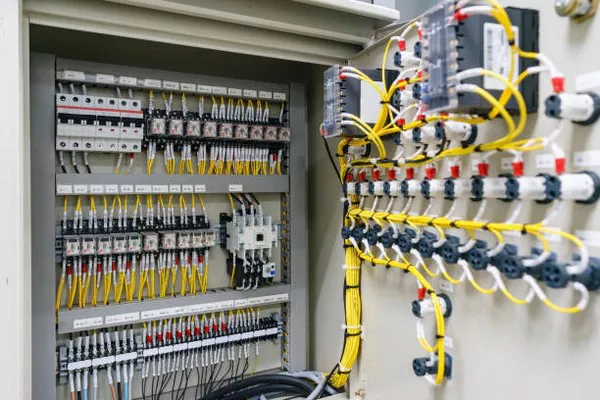Transformers play a crucial role in power distribution and transmission, serving as integral components in electrical systems. One fundamental aspect of transformer functionality is their compatibility with different types of electrical currents—alternating current (AC) and direct current (DC). This article aims to delve into the working principles of transformers and explore how transformers interact with both AC and DC power systems.
The Basics of Transformers:
Transformers are devices designed to transfer electrical energy between two or more circuits through electromagnetic induction. They consist of two coils, known as the primary and secondary windings, which are usually wound around a common magnetic core. The alternating current flowing through the primary winding induces a varying magnetic field, which, in turn, induces a voltage in the secondary winding. This process allows for the efficient transfer of electrical energy from one circuit to another.
AC Transformers:
AC transformers are the most common type and are specifically designed for use in alternating current systems. The primary reason for this is the reliance on electromagnetic induction, which is dependent on a changing magnetic field. In an AC transformer, the primary winding is connected to an AC power source, causing a continuous variation in the magnetic flux within the core. This dynamic magnetic field induces an alternating voltage in the secondary winding, allowing for the transformation of voltage levels as required in power distribution.
The fundamental principle underlying AC transformers is that they operate effectively only when there is a continuous change in the magnetic field. In AC systems, the direction of current flow alternates periodically, resulting in a constantly changing magnetic field. This characteristic makes AC transformers suitable for applications in which the voltage needs to be stepped up or down, such as in power distribution grids.
DC Transformers:
Unlike their AC counterparts, transformers designed explicitly for direct current (DC) systems are not as common. The reason lies in the inherent nature of DC, which features a constant and unidirectional flow of current. Traditional transformers rely on a changing magnetic field for their operation, which is not present in a steady DC current.
However, it’s essential to note that while conventional transformers are not directly compatible with DC, there are alternative methods to achieve voltage transformation in DC systems. One approach involves the use of electronic devices such as choppers and inverters to convert DC into AC before applying it to a standard AC transformer. This process, known as inversion, allows for the utilization of conventional transformers in DC applications.
DC-AC Conversion for Transformer Compatibility:
To make transformers compatible with DC systems, engineers often employ electronic devices to convert the DC power into AC power before reaching the transformer. One commonly used device for this purpose is an inverter. Inverters can change DC to AC by rapidly switching the direction of the current, creating a pseudo-AC waveform. This alternating current can then be fed into a standard AC transformer, facilitating voltage transformation.
Choppers are another class of electronic devices used in DC-AC conversion. These devices work by interrupting the flow of DC at regular intervals, creating a pulsed waveform. This pulsating DC can be transformed into AC through additional circuitry, enabling the use of AC transformers in DC applications.
Practical Applications:
While DC transformers are not as prevalent as AC transformers due to the additional complexity introduced by the need for DC-AC conversion, there are specific applications where they find utility. For instance, in high-voltage direct current (HVDC) transmission systems, transformers are employed to step up the voltage before transmission and step it down upon reaching the destination. In such cases, DC-AC conversion is an integral part of the overall system design.
See Also: What Are Class 2 Transformers Used For:Applications & Significance
Conclusion:
In summary, transformers are primarily designed for use in AC systems due to the nature of their operational principles, which rely on a changing magnetic field. However, with the advent of electronic devices capable of converting DC to AC, it has become possible to extend the use of transformers to certain DC applications. The compatibility of transformers with AC or DC power systems is a critical consideration in the design and implementation of electrical systems, and engineers must carefully evaluate the specific requirements of each application to ensure optimal performance. As technology continues to advance, the integration of transformers in both AC and DC contexts will likely evolve, further expanding the versatility of these essential components in the realm of electrical engineering.

